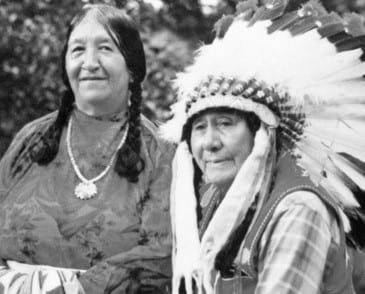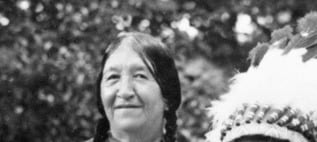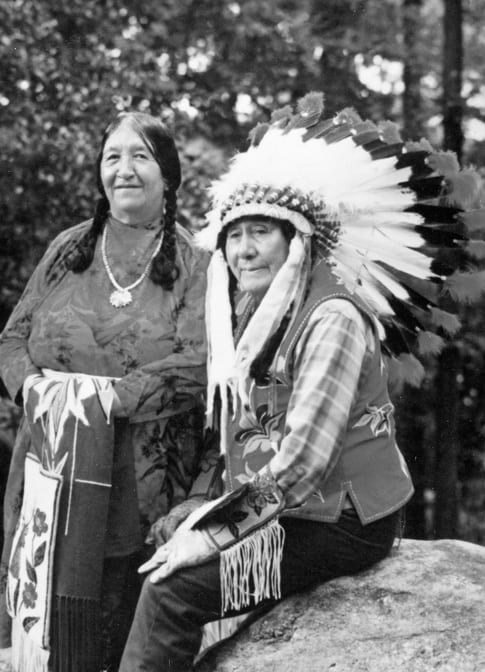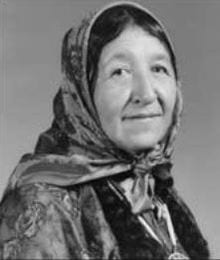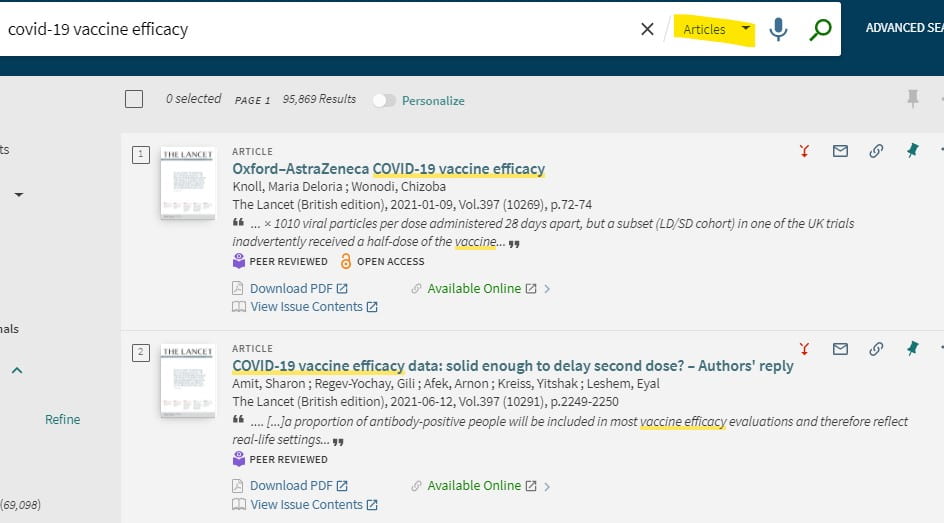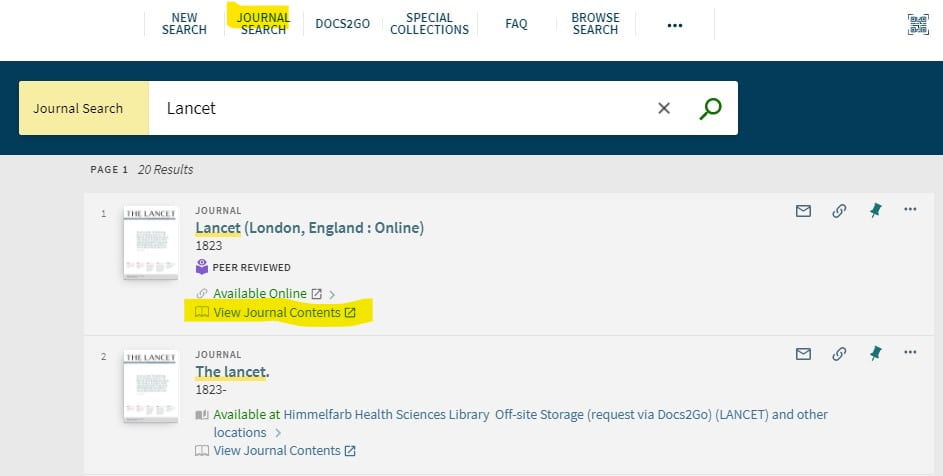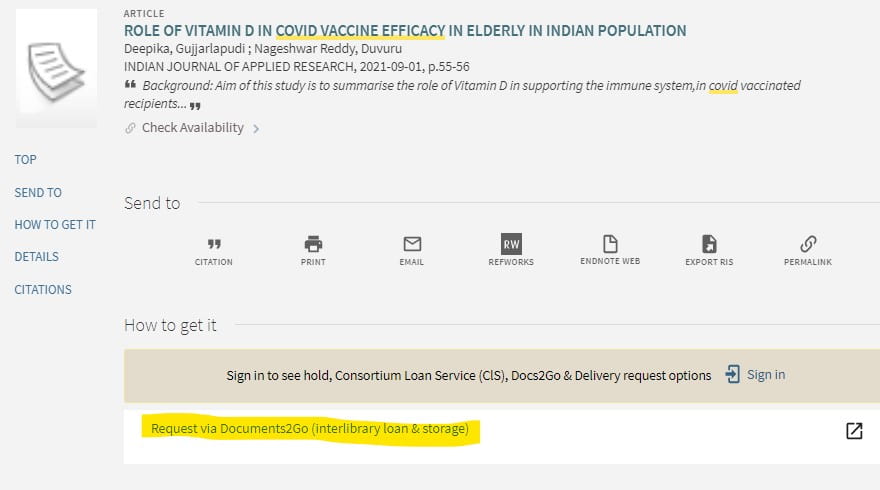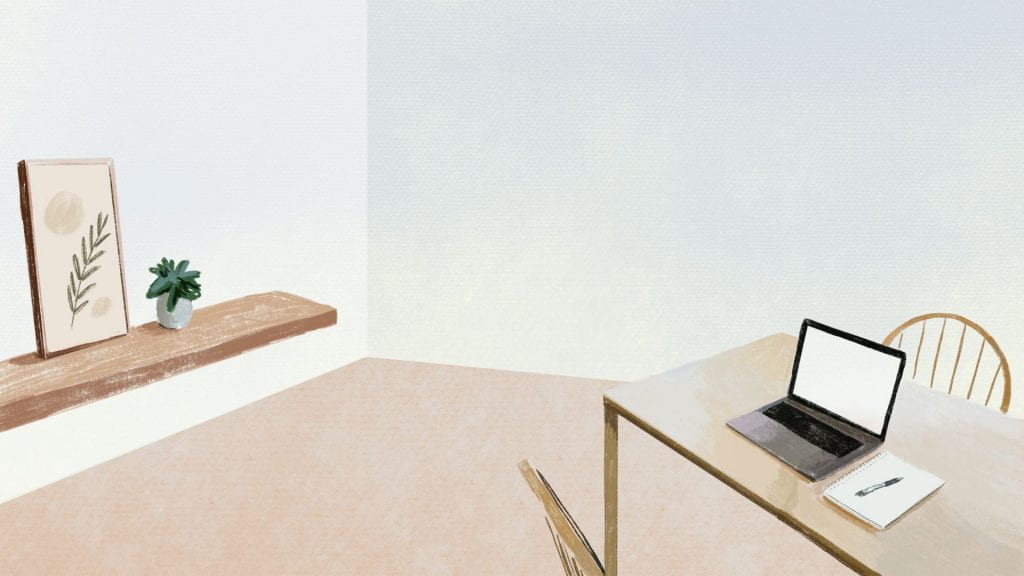
Do you need to find a quiet space? Somewhere with an extra strong WiFi signal? We’ll take you floor by floor through Himmelfarb Library to help you find what you’re looking for.
B1 Level
One floor below the library’s first floor, the B1 Level is a haven for those seeking peace and quiet. Study tables are located in the book stacks. Additionally, group study rooms, classrooms, and the B103 computer lab are available as long as classes aren’t scheduled. (Daily class schedules are posted by the entrance to each room.)
First Floor
If you and your friends would like to study together in an area where you can talk (library voices, please!), our first floor has plenty of study tables to accommodate you. If you need a public computer, we have plenty of workstations here, as well as three WEPA printers. And, if you just want to chill with friends after an exam, we have couches and other furniture designed for relaxation on both sides of the floor.
Second Floor
Shhhh! You are on the quiet floor. Choose from study tables with a window view and both open and closed study carrels. If you’d like to reserve a group study room through Himmelfarb Library, the second floor has two wings of rooms, each of which can accommodate small groups. (Library voices only in these rooms, please!) The 203 wing of study rooms is located on the 23rd St side of the library, and the 204 wing of study rooms overlooks the Ross Hall courtyard.
Third Floor
Peace and quiet extends to half of the third floor. The area in front of the elevator is reserved for quiet study. Choose from group study tables and open/closed study carrels. Beyond this study commons is a wing of group study rooms that you are welcome to reserve online. The 304 wing of study rooms overlooks 23rd St. (Again, library voices are appreciated.)
To the right of the study commons as you exit the elevator or main stairwell is the Bloedorn Technology Center (BTC). The BTC is home to the bulk of our public computer workstations. The BTC also houses all but one of the library’s public flatbed scanners. We have two WEPA printers on the floor, one by the elevator and the other just inside our Middle Computer Lab.
If you need technology assistance, you are in the right place! The SMHS IT Help Desk is located at the BTC, and they welcome walk-up questions!
A few larger rooms for study are available to use as long as classes aren’t scheduled. (Check the daily class schedules that are posted by the door.)
Additionally, you will find a large group study table, located near the IT Help Desk, as well as bistro-style study tables in the BTC’s Levine Lounge (directly behind the Help Desk). BodyViz for interactive anatomy study is also located in that room.
For the best WiFi
Are you looking for a room with a strong WiFi signal for your next WebEx or Zoom meeting? We have robust WiFi throughout the library, but for an extra boost, you’ll find ceiling-mounted WiFi access points located just outside of the 203, 204, and 304 wings of study rooms.
Questions?
If you have any questions about study spaces at Himmelfarb, please stop by the first floor Circulation Desk or Reference Desk and ask for assistance.



